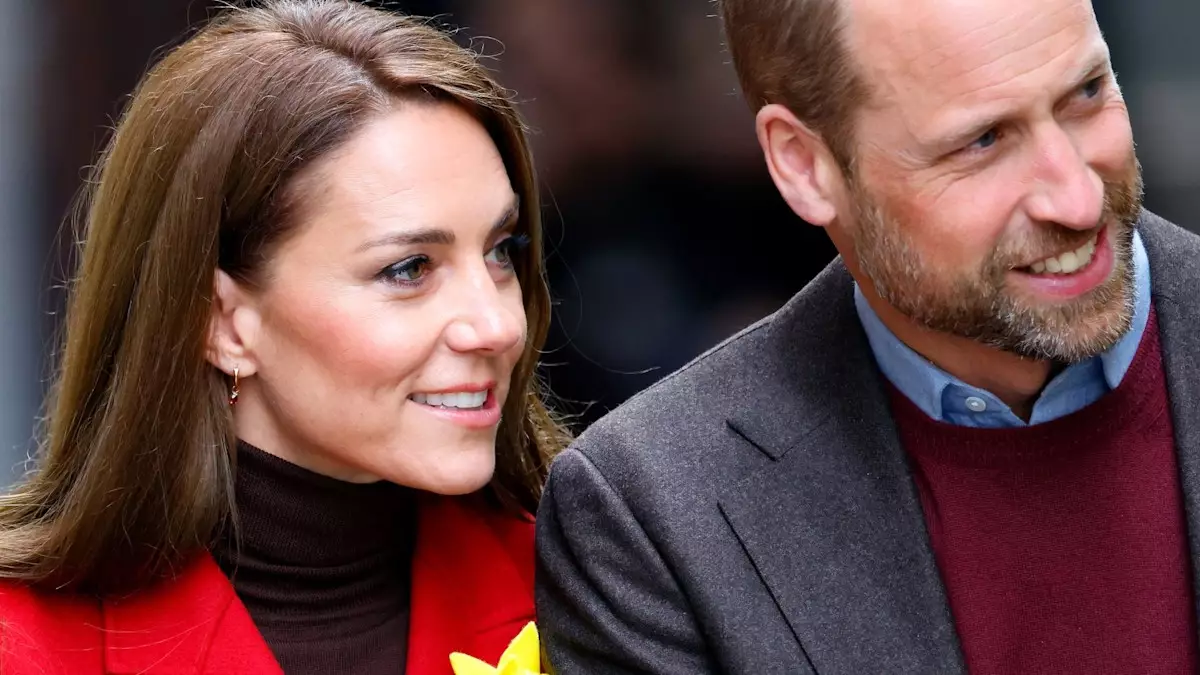The relationship between Prince William and Princess Kate has long captured the public’s imagination, but behind the palace gates and the flashing cameras, their journey was far from a fairy tale. In 2007, their romance faced a crucial test, marked by a brief split that revealed just how intense the scrutiny could be. Rather than capitulating to the external pressures and their own uncertainties, the couple chose to address the underlying challenges head-on. Their decision to retreat to the Seychelles wasn’t merely a vacation — it was a pivotal moment of relationship repair and recommitment, shrouded in deliberate privacy. Checking into their resort under false names, they created a rare space to focus solely on their bond away from the crowds and headlines.
Understanding Commitment Through a Private Promise
What stands out in the narrative of William and Kate’s journey is the subtlety of the pledge they made to each other on that island. Unlike a typical proposal marked by grandeur and immediate intentions to wed, what emerged was a promise: a commitment not yet defined by a wedding date but anchored by mutual trust and reassurance. William, grappling with his own hesitations—some say inherited from his father’s experience—recognized that Kate needed a tangible sense of security. He conveyed his heartfelt intentions without rushing into an engagement, acknowledging the complexities of their relationship. This pact, described by insiders as foundational, demonstrates emotional maturity rarely associated with royal romances, reminding us that high-profile relationships wrestle with the same fears and needs as anyone else.
The Impact of Privacy in a Public Life
The choice to cloak their getaway in secrecy wasn’t merely a romantic quirk; it was a strategic move to protect their relationship from the invasive media environment that often distorts narratives around the royal family. The use of pseudonyms Martin and Rosemary Middleton allowed them a fleeting freedom to be just two people reconnecting, not a global couple under surveillance. This deliberate privacy underscores the enormous pressure royal couples face and the extraordinary measures they must take to safeguard their personal lives. It also highlights a crucial lesson: even in the most public arenas, intimacy and trust require boundaries and respect for personal space.
The Slow-Burn of Royal Commitment
The story of their evolving relationship up to their official engagement in 2010 and wedding in 2011 is a testament to patience and genuine emotional growth. William’s proposal, delivered during a trip to Kenya, wasn’t a spur-of-the-moment act, demonstrating that commitment can simmer quietly before its declaration. The reactions the couple shared—Kate’s expressed surprise and William’s more understated acknowledgment—reflect the nuanced reality of real-life relationships, especially those entangled with tradition and public expectation. As they moved from university sweethearts to senior royals with three children and resounding public admiration, their relationship only deepened, shaped not just by romance but by resilience.
Lessons From A Royal Relationship
What makes William and Kate’s story particularly compelling is its balance of vulnerability and resolve within a highly scrutinized context. Their private pact serves as a powerful reminder that love in any relationship demands more than mere affection; it requires intentional communication, understanding of fears, and promises that go beyond ceremonial symbolism. Despite the fairy-tale setting and the media spectacle, they navigated ordinary challenges of doubt and commitment with a level of openness that is striking. Their ongoing partnership, now over a decade strong, illustrates how a meaningful commitment does not always begin with a ring at a grand event but often with honest conversations in quiet moments.

